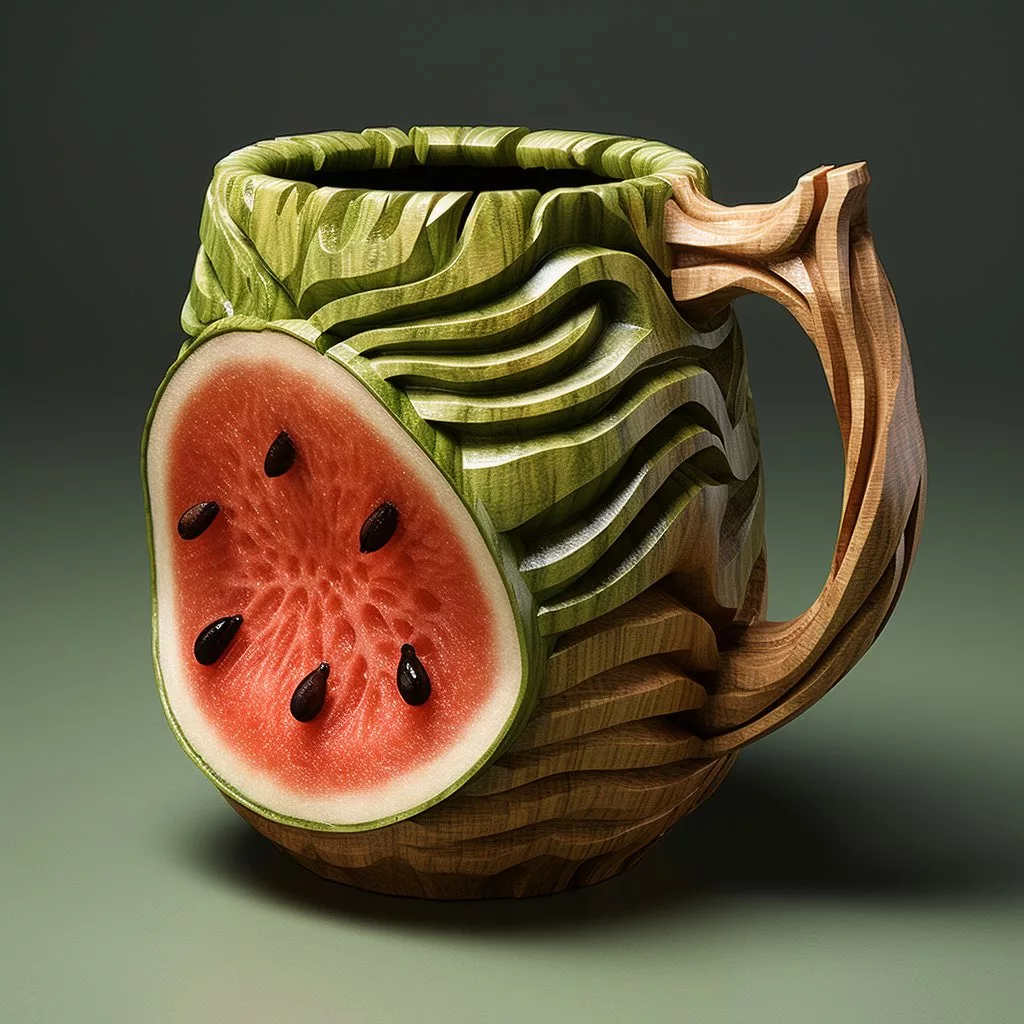In the modern era of interior design, where minimalism often reigns supreme and synthetic materials dominate construction, there is a growing desire to reconnect with the organic world. People are increasingly seeking ways to bring the serenity and vitality of nature into their living spaces—not just through plants or natural light, but through thoughtful integration of natural elements in every aspect of home décor. One such element that has gained prominence in recent years is the nature themed sink , a unique and expressive way to infuse your space with the essence of the outdoors.
A nature themed sink goes beyond mere aesthetics; it represents a deeper connection between human habitation and the environment. Whether crafted from stone, wood, ceramic with botanical motifs, or even incorporating live moss or river rock textures, these sinks offer more than functionality—they create an experience. They transform a utilitarian object into a focal point of tranquility and beauty, reminding us daily of our intrinsic bond with nature.
This article explores the concept of the nature themed sink in detail, delving into its significance, design possibilities, and the emotional and psychological benefits it brings to a space. Divided into three parts—Understanding the Concept, Designing with Natural Elements, and The Emotional Impact of Nature in Interiors—we will explore how integrating a nature themed sink can elevate both the visual appeal and spiritual atmosphere of any room.
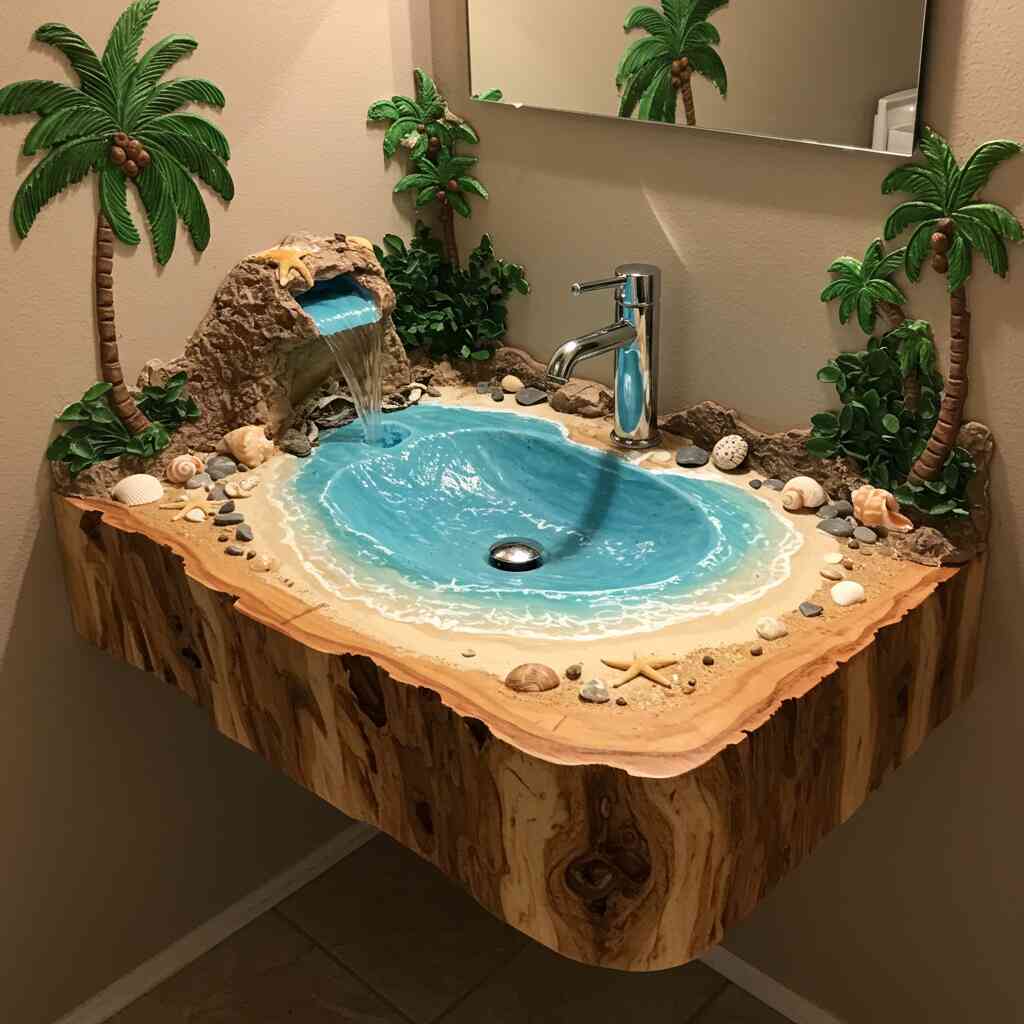
Contents
Part I: Understanding the Concept of a Nature Themed Sink
What Defines a Nature Themed Sink?
At its core, a nature themed sink is a basin designed to reflect or incorporate elements found in the natural world. This can include materials like stone, driftwood, clay, or even naturally shaped vessels such as hollowed-out tree trunks or shells. It may also refer to sinks that feature decorative elements inspired by nature—like leaf patterns, floral engravings, or water-inspired textures.
Unlike traditional porcelain or stainless steel sinks, which are mass-produced and uniform, nature themed sinks celebrate individuality and craftsmanship. Each piece is unique, shaped by the hands of artisans who draw inspiration from landscapes, forests, oceans, and other natural environments. These sinks often mimic the irregularities and imperfections found in nature, embracing asymmetry and raw textures rather than polished perfection.
Historical Roots and Cultural Significance
The idea of bringing nature into everyday life is not new. Throughout history, cultures have incorporated natural elements into domestic spaces for both functional and symbolic purposes. In ancient Japan, for instance, stone basins known as tsukubai were used in tea ceremonies, symbolizing purification and mindfulness. Similarly, in Mediterranean regions, carved stone fountains and hand-hewn basins were common features in homes and public spaces.
These historical precedents highlight a universal human tendency to find peace and meaning in natural forms. A nature themed sink, therefore, is not merely a trend—it is a continuation of a long-standing tradition of honoring nature within our built environments.
Materials That Define the Theme
Nature themed sinks are typically made from one or a combination of the following materials:
- Stone : Granite, marble, slate, and sandstone are popular choices due to their durability and earthy aesthetic.
- Wood : Reclaimed or sustainably sourced wood offers warmth and texture. Teak, cedar, and bamboo are commonly used.
- Clay/Ceramic : Handcrafted ceramic sinks can be adorned with nature-inspired glazes or painted motifs.
- Concrete : While not inherently natural, concrete can be textured and colored to resemble stone or earth.
- Glass : Recycled glass mixed with natural pigments creates a vibrant yet eco-friendly option.
Each material contributes differently to the overall feel of the space. Stone brings weight and permanence, wood adds organic warmth, and ceramic introduces artistic flair. Together, they help define the character of a nature themed sink and allow homeowners to tailor the look to their personal style.
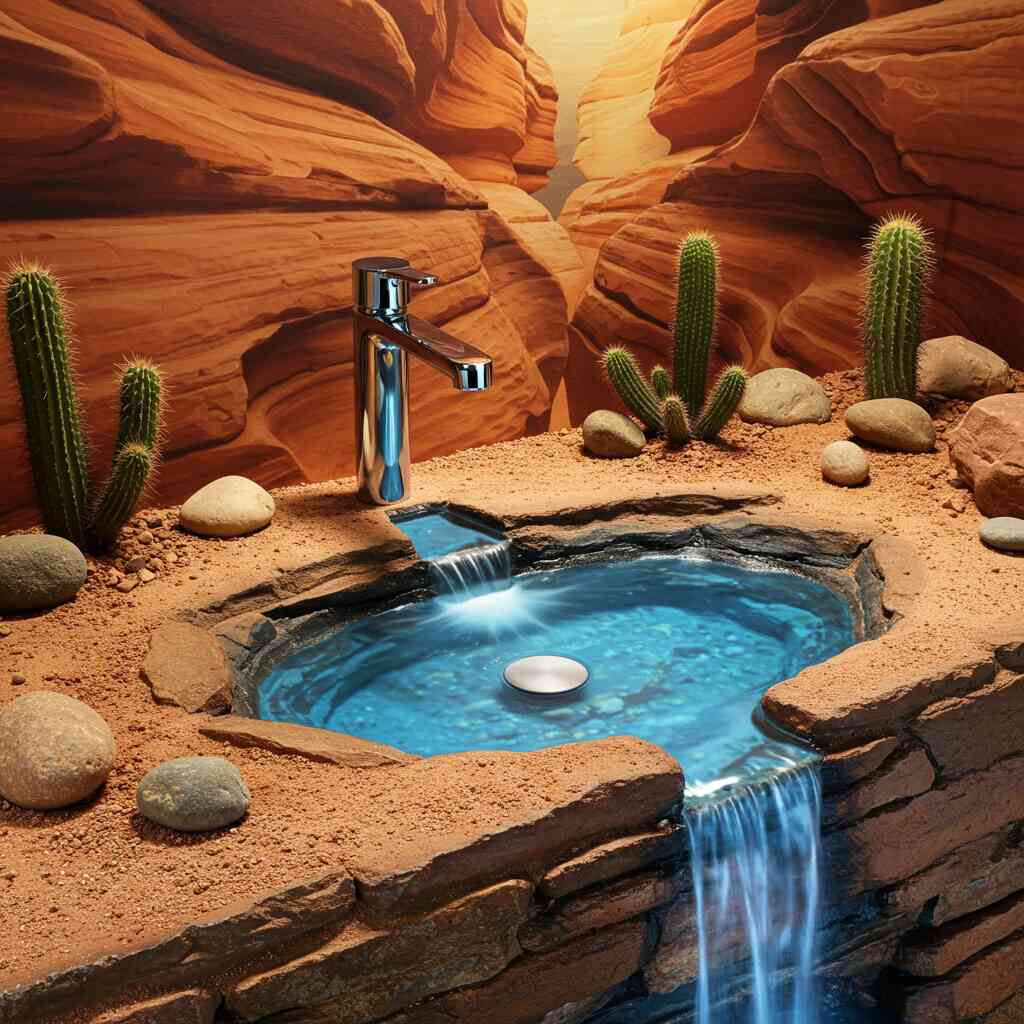
Part II: Designing with Natural Elements – Creating Harmony in Your Space
Integrating the Sink into the Room’s Overall Aesthetic
Designing around a nature themed sink requires careful consideration of balance and harmony. Since the sink itself serves as a centerpiece, the surrounding elements should complement rather than compete with it. The goal is to create a seamless flow between the sink and the rest of the room, ensuring that the natural theme is consistent throughout.
Here are several key strategies for achieving this:
1. Color Palette Inspired by Nature
Choose a color scheme that reflects the hues found in nature—soft greens, warm browns, muted blues, and earthy grays. These tones help reinforce the organic feel of the sink and provide a soothing backdrop that enhances its presence. Accent colors can be drawn from specific elements of the sink itself, such as the veins in a stone basin or the grain in a wooden countertop.
2. Natural Lighting and Open Spaces
Natural light plays a crucial role in highlighting the textures and colors of a nature themed sink. Positioning the sink near a window or skylight allows sunlight to accentuate the natural materials, making them appear more vibrant and alive. If natural light is limited, opt for warm-toned artificial lighting that mimics daylight to preserve the authenticity of the design.
3. Use of Organic Textures Elsewhere
To maintain consistency, introduce other natural textures into the space. Consider using linen curtains, jute rugs, woven baskets, or rattan furniture. Even small details like wooden towel racks or soap dispensers made from bamboo can contribute to the overall cohesion.
4. Indoor Plants and Greenery
Plants are essential companions to a nature themed sink. They reinforce the theme and bring life into the space. Hanging plants, potted ferns, or small succulents placed near the sink enhance the feeling of being surrounded by nature. Additionally, live moss embedded into the sink or nearby surfaces can add a touch of wilderness and freshness.
5. Natural Flooring and Wall Treatments
Flooring options such as reclaimed wood, cork, or stone tiles echo the natural motif. Walls can be finished with textured paint, reclaimed brick, or natural fiber wallpaper to further immerse the space in organic beauty.
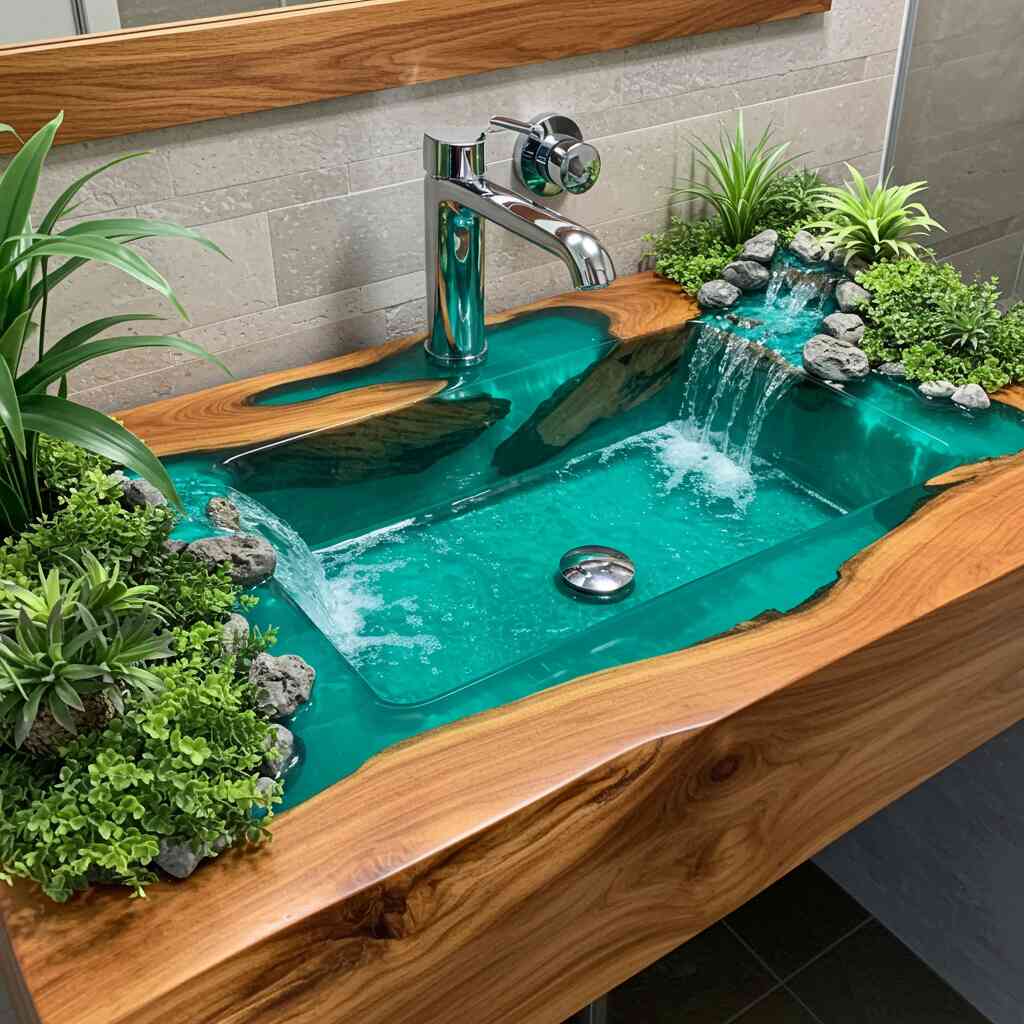
Choosing the Right Style for Different Rooms
While a nature themed sink can work beautifully in any room, the style and placement should be tailored to the function and ambiance of the space.
Bathroom Design: Sanctuary of Serenity
In the bathroom, a nature themed sink can transform the space into a spa-like retreat. Pair a stone or wooden sink with pebble tile flooring, soft ambient lighting, and natural bath products to create a holistic wellness environment. The sound of running water combined with the tactile quality of natural materials enhances relaxation and mindfulness during daily routines.
Kitchen Design: Rustic Elegance Meets Functionality
In the kitchen, a nature themed sink can serve as a statement piece while remaining highly functional. A farmhouse-style sink made from fireclay or cast iron with a weathered finish complements rustic cabinetry and open shelving. Wooden countertops and copper fixtures enhance the organic aesthetic without compromising utility.
Entryway or Powder Room: First Impressions Matter
Even small spaces like entryways or half-bathrooms benefit from a nature themed sink. Here, a compact vessel sink made from smooth river stones or carved wood can make a bold impression while setting the tone for the rest of the home.
Customization and Artisan Craftsmanship
One of the most appealing aspects of a nature themed sink is the opportunity for customization. Unlike standard factory-made sinks, many nature-themed designs are handcrafted by artisans who specialize in working with natural materials. This allows for greater flexibility in shape, size, color, and detailing.
Homeowners can collaborate with designers or craftspeople to create a truly personalized piece. For example, a sink might incorporate local stone or be engraved with meaningful symbols such as waves, leaves, or animal motifs. Such customizations ensure that the sink becomes not only a part of the decor but also a reflection of the homeowner’s personality and values.
Moreover, artisanal creation supports sustainable practices. Many craftsmen use locally sourced or recycled materials, reducing environmental impact and promoting ethical consumption.
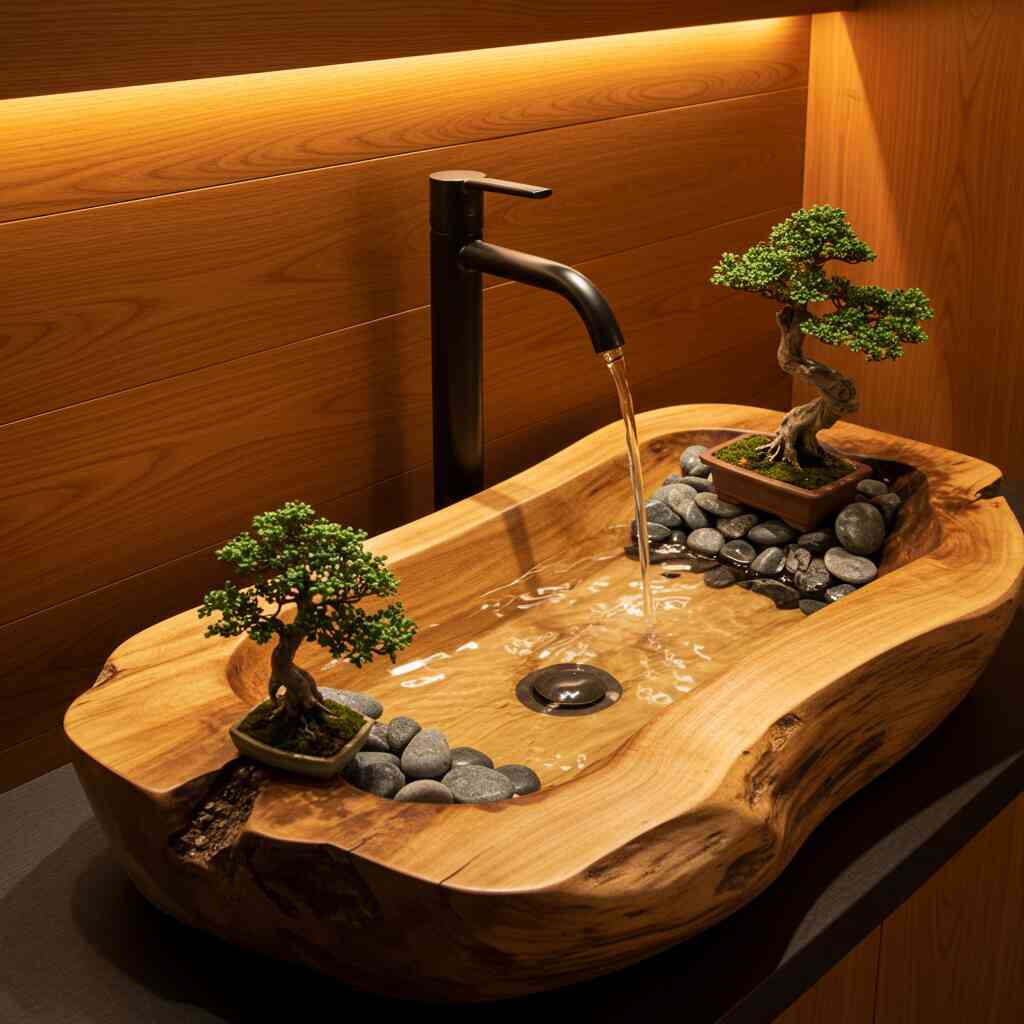
Part III: The Emotional Impact of Nature in Interior Spaces
Biophilic Design and Its Psychological Benefits
The inclusion of natural elements in interior spaces is closely linked to the principles of biophilic design—a concept rooted in the idea that humans have an innate connection to nature. By incorporating natural features like a nature themed sink into our homes, we tap into this deep-seated affinity, which has been shown to improve mood, reduce stress, and enhance overall well-being.
Studies in environmental psychology suggest that exposure to natural elements—even in small doses—can significantly affect mental health. The sight and feel of natural textures, the subtle variations in color and form, and the sensory experiences associated with nature all contribute to a calming effect on the mind.
A nature themed sink, therefore, is more than a design choice—it is a therapeutic intervention. Every time someone washes their hands or brushes their teeth, they are reminded of the beauty and resilience of the natural world, grounding them in the present moment and offering a brief respite from the chaos of daily life.
Creating Mindful Moments Through Everyday Rituals
Daily routines—especially those centered around hygiene—are often rushed and overlooked. However, when performed in a space enhanced by natural elements, these moments can become opportunities for mindfulness and reflection.
Imagine starting your morning by washing your face in a sink carved from river stone, the cool surface awakening your senses and the gentle sound of water echoing like a stream. Or picture yourself ending the day at a wooden sink under soft lighting, the scent of lavender soap mingling with the earthy aroma of the wood.
These small interactions, when elevated by design, can transform mundane tasks into mindful rituals. Over time, they cultivate a sense of gratitude and awareness, reinforcing the importance of slowing down and appreciating the simple things.
Fostering a Deeper Connection with the Environment
As concerns about climate change and sustainability grow, people are becoming more conscious of their relationship with the planet. A nature themed sink serves as a gentle reminder of our dependence on and responsibility toward the environment.
By choosing to surround ourselves with natural materials and designs, we acknowledge the value of preserving ecosystems and respecting the resources we extract from them. This awareness can inspire broader lifestyle changes—such as adopting eco-friendly habits, supporting conservation efforts, or simply spending more time outdoors.
In essence, a nature themed sink acts as a symbolic bridge between the indoors and outdoors, encouraging a harmonious coexistence with the natural world.
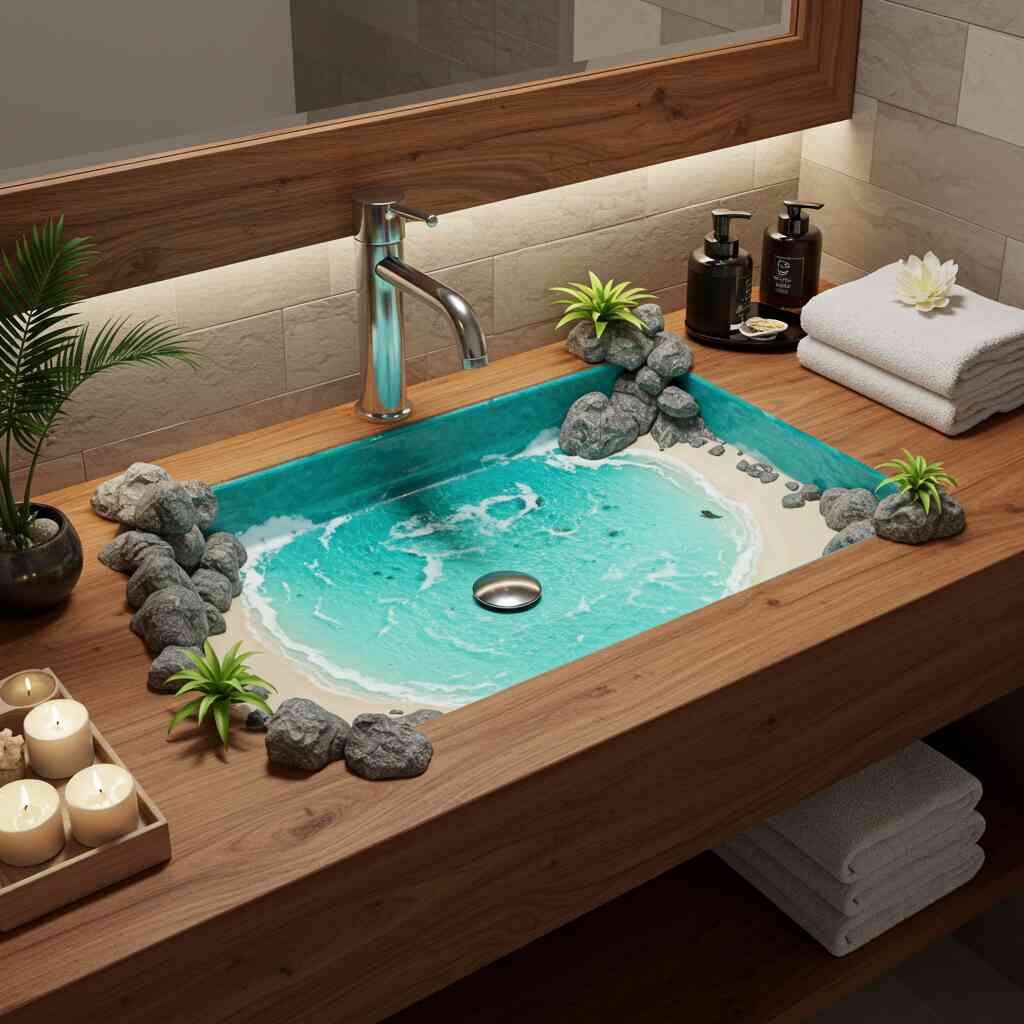
Conclusion
A nature themed sink is far more than a decorative fixture—it is a powerful design tool that bridges the gap between the built environment and the natural world. Through its materials, craftsmanship, and symbolic resonance, it invites us to slow down, reconnect with the earth, and find beauty in simplicity.
Whether installed in a tranquil bathroom, a rustic kitchen, or a minimalist powder room, a nature themed sink transforms ordinary spaces into sanctuaries of calm and inspiration. It encourages us to see our homes not as separate from nature, but as extensions of it—places where we can breathe deeply, reflect quietly, and live more intentionally.
As we continue to navigate the complexities of modern life, the integration of natural elements into our interiors becomes increasingly vital. A nature themed sink, with its quiet elegance and enduring charm, reminds us that even the smallest gestures can carry profound meaning. It teaches us that design, at its best, is not just about aesthetics—it is about creating spaces that nurture the soul, honor the earth, and invite us to live in harmony with the world around us.


